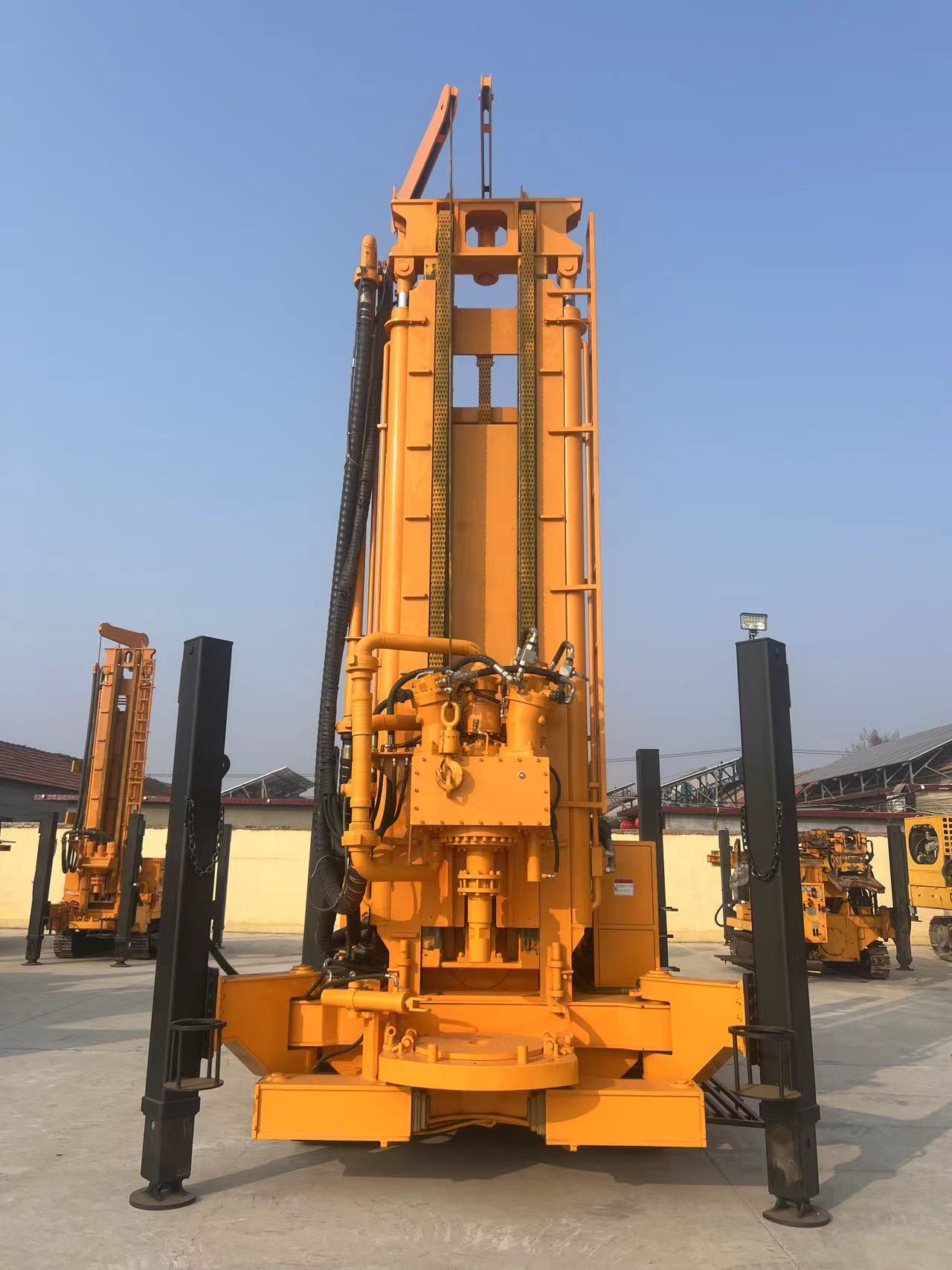Advanced Technologies in Drill Hammers for Drilling Rigs
The drilling industry has witnessed significant advancements in drill hammer technologies in recent years. These advancements aim to improve the performance, Doeltreffendheid, and reliability of drill hammers in drilling rig operations.
Intelligent Control Systems: Some modern drill hammers are equipped with intelligent control systems. These systems use sensors to monitor various parameters such as impact energy, frequency, and the condition of the drill bit. Based on the data collected, the control system can automatically adjust the operating parameters of the drill hammer to optimize performance. Byvoorbeeld, if the sensor detects that the material being drilled has become harder, the control system can increase the impact energy and reduce the frequency of impacts to ensure efficient drilling. This not only improves the drilling speed but also reduces wear and tear on the drill hammer and bit.
Energy – Saving Technologies: With the increasing focus on energy efficiency, new energy – saving technologies have been incorporated into drill hammers. Some hydraulic drill hammers now use regenerative braking systems. When the piston decelerates, the energy generated is captured and stored, and then reused to power the next stroke. This reduces the overall energy consumption of the drill hammer. In pneumatic drill hammers, more efficient valve designs have been developed to reduce air leakage and improve the utilization of compressed air, resulting in lower energy consumption.
Advanced Materials: The use of advanced materials has also enhanced the performance of drill hammers. Hoë – strength, lightweight alloys are being used for the construction of the piston and cylinder in some drill hammers. These materials can withstand high impacts and pressures while reducing the overall weight of the hammer, which is beneficial for portability and maneuverability. In addition, drill bits are now made with more advanced hard – facing materials. Byvoorbeeld, diamond – coated drill bits are becoming more common for drilling in extremely hard and abrasive formations. These bits offer better wear resistance and can significantly extend the drilling life compared to traditional carbide – tipped bits.
Remote Monitoring and Control: Another significant advancement is the ability to remotely monitor and control drill hammers. Through wireless communication technologies, operators can monitor the performance of the drill hammer from a control room or even a remote location. They can also adjust the operating parameters as needed. This is especially useful in large – scale drilling operations where multiple drill rigs are in use. Remote monitoring and control can improve the efficiency of the drilling process, as operators can quickly respond to any issues and make adjustments without having to be physically present at the drill rig.

 Bangxin-boortuig
Bangxin-boortuig